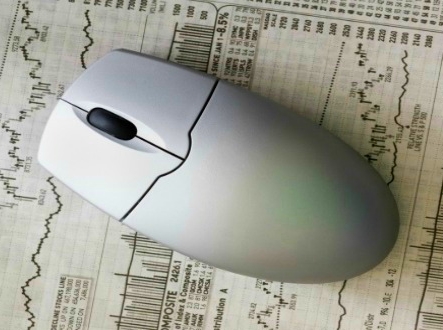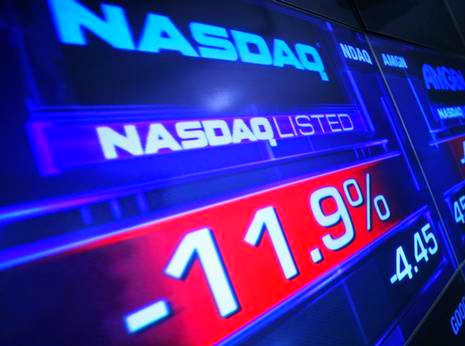Laser technologies are commonly used to process a wide variety of materials into finished parts. According to Coherent, the most common industrial laser applications are “laser cutting and converting, laser welding, marking and engraving, surface treatment and rapid prototyping applications” (1). While many of these processes are carried out individually, it is possible to use them in conjunction with one another. Combining laser cutting technologies often results in significant performance improvements.
For example, using a computerized laser cutting machine equipped with multiple cutting tools and laser marking capabilities allows you to combine laser cutting with laser marking. Instead of stopping one process and starting a second one on a separate machine, you could set up laser cutting and marking to take place on one laser cutting machine. The laser cutting machine will follow its programmed instructions, cut the plate as programmed, and select the appropriate cutting tools at the appropriate time. After fine-tuning the part as programmed, the CNC laser cutting machine can add any marks programmed into it.
Once set up, all of this can happen according to the programmed sequence — and it can happen over and over with minimal intervention. In fact, you may find a dramatic increase in performance simply by combining laser technologies.
Integrating Technologies Doubles Performances
Double machining can improve production times, potentially doubling them over mechanical processes. In addition, results are consistent thanks to the precision of laser cutting and computerized sequences. This consistency boosts production as well because inspections and rework are virtually eliminated.
In order to take advantage of double machining, you’ll need a CNC laser cutting machine equipped with two or more laser technologies such as laser cutting and laser marking capabilities. Various machines are available combining these technologies.
If you are using lasers in your manufacturing processes, consider combining laser technologies to boost productivity. For example, Mauro Tanini, the owner of Tanini Photoengraving in Rosano, Italy, has tried performing “both heavy-duty metal removal and laser finishing [that] has optimized performance and lead times in his processes while delivering consistency across heavy work cycles” (2). Depending on the processes you want to combine, you may need a specialized machine containing two lasers: one for heavy laser cutting, the other for laser marking. By combining two laser technologies into one, you can boost performance and get fantastic results.
Sources:
1. “Materials Processing and Industrial Applications”, Coherent
2. “Integrating two technologies doubles performances”, Industrial Laser Solutions
Discover more from Tech News
Subscribe to get the latest posts sent to your email.










